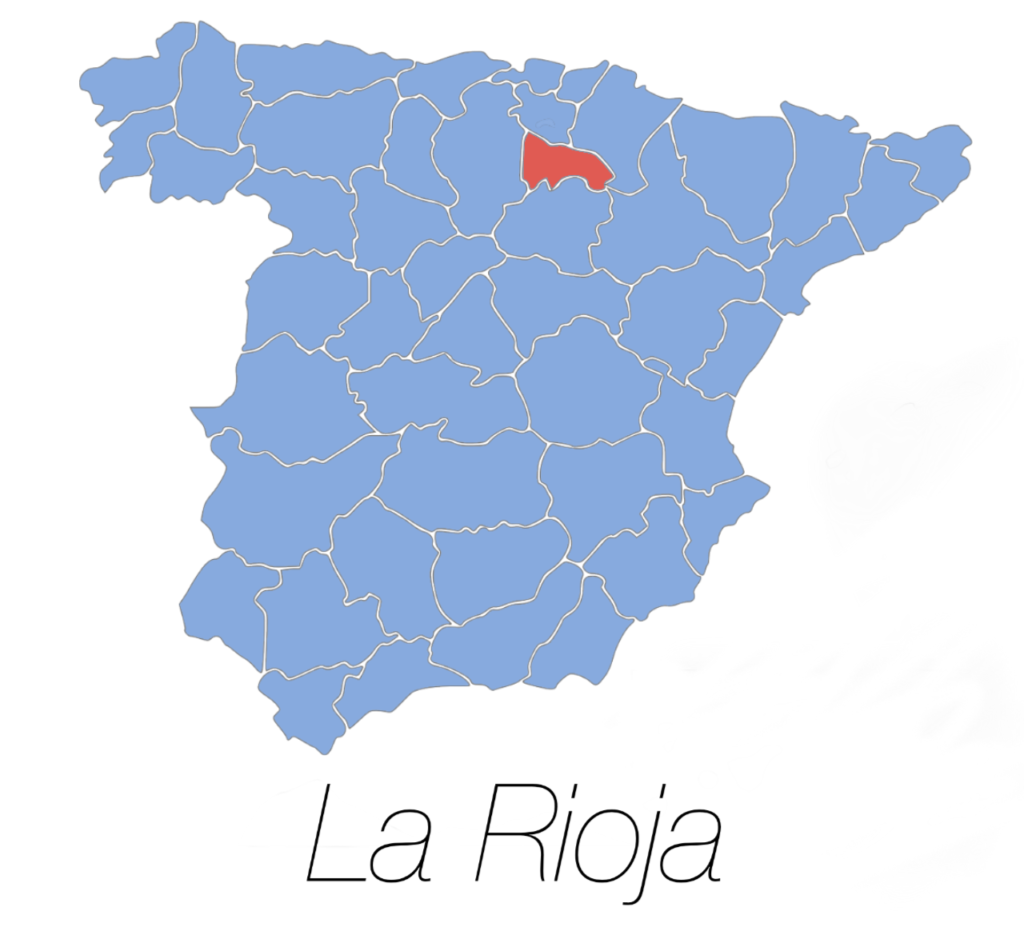Spain;
A Wine Guide
Spain’s wine world is still somewhat of a mystery to some. Unlike it’s neighbours, Portugal and France, which have more acclaim and less mystery, Spain’s gorgeous wines are filled with hidden gems. So whether you’re wanting to learn more about Rioja, or a myriad of Spain’s regional grapes, or more! Check out an overview of Spain’s wines, or delve deeper into its individual regions…




So what's so great about Spanish wine?
Ah the delicacies and wonder of Spanish wine! Spanish wine is at the heart of Spanish culture in lots of ways; no Tapas board is complete without a glass of Rioja, Sherry or a personal favourite, Cava!
With more than 400 regional grape varieties, such as Macabeo, Tempranillo and Garnacha, and 78 sub regions in Spain across 17 provinces, there really is a myriad of wines being made in this leading wine-exporting nation. Spanish wine is incredibly versatile too; with every category of wine being pioneered. Whether it’s Rioja for red or Sherry for sweet – there is something for everyone in Spain’s diverse and wonderful wine offering.

The History of Spanish Wine
As with all great stories about European wine, once upon a time the Phoenicians arrived… That’s right, as far back as 1000 BC, Spain has been home to winemaking practices. While it might have been the Phoenicians that bought wine to Spain, it was the Romans that capitalised and expanded the agricultural pursuit. Wine made on Spanish soil was so successful that the Roman historian, Pliny the Elder, kept detailed notes of wines coming out of what is now modern-day Catalonia, remarking that they were some of the finest in the world.
Despite the Visigoths occupation of Spain, it wasn’t until the Moors arrival and subsequent takeover in the 8th Century that meant Spain began to lose its winemaking. The Reconquista of Spain in the 12th Century saw winemaking return to Spanish shores.
Spain began producing incredible high alcohol and sweet wines that could travel exceptionally well. This meant that its reputation as a leading exporter of wine was solidified. For the next 6 centuries, Spain continued to export high quality wine to countries such as France and England. With Sherry being a particular favourite for international buyers.
Unfortunately, the same fate that afflicted Italy, France and the rest of Europe was no stranger to Spanish vines. Phylloxera (the vine-eating insect) destroyed the majority of Spanish vines at the same time.
As Franco believed that wine should only be used in religious ceremony and was himself a teetotaller, Spanish winemaking reduced significantly under his rule. It wasn’t until the later half of the 20th century that wine in Spain began to flourish.
To this day, Spain is one of the leading exporters of wine in the entire world, and in 2014 superseded both France and Italy in its exports. Spanish wine, while less revered than its neighbours, offers premium quality for a fraction of the price. Moreover, Spanish wine is directly responsible for Picasso’s Cubism movement, which he viewed as his muse.
What are some of the best Spanish wine regions to visit?
Rioja
Rioja is one of Spain’s most tourist driven wine making regions. Stretching across the Cantabrian mountains, this valley has more than 600 wineries!
Ribera Del Duoro
Ribera Del Duoro, much like its cousin Rioja, is all about the Tempranillo grape. Visit this region to get the great taste of Spain with less tourism.
Cadiz
If you like Sherry, you must visit the triumvirate of Spanish fortified winemaking cities. Try Jerez de la Frontera, Sanlucar de Barrameda, and El Puerto de Santa Maria in Andalucia (aka, the ‘Sherry triangle’).

